One of the most popular items at the British Museum in London is the Rosetta Stone. It is rather unremarkable. It is the height of a child, cracked at the edges, lacking colour, and with inscriptions on only one side. There is little beauty in it, and the inscriptions are boring decrees – yet it is maybe one of the most famous stones in the world. For over 20 years it became the focus of a race to crack a code of strange pictures and shapes and in doing so uncover the life of Ancient Egypt.
Until 200 years ago the ruins in Egypt were a mystery, not only for us in Europe but also for Egyptians themselves. Statues and obelisks were covered in symbols – hieroglyphs – which no-one had been able to read for over 1300 years. At that time Britain and France were at war. Napoleon invaded North Africa and Britain was sending out some of its greatest military minds to try and stop him. Meanwhile both nations were fascinated with the ancient world .…. and so the rivalry between the two countries extended into the sphere of antiquities.
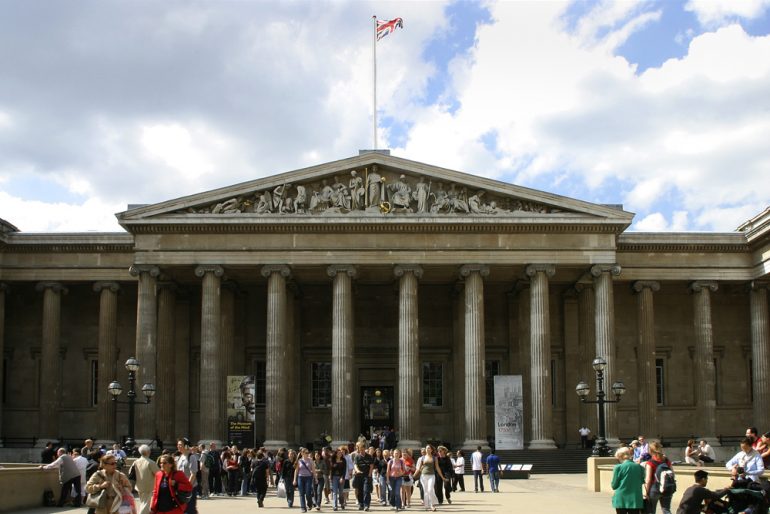 The British Museum is a museum dedicated to human history, art, and culture with over 8million artefacts in its permanent collection. Photo credit: ©British Museum.
The British Museum is a museum dedicated to human history, art, and culture with over 8million artefacts in its permanent collection. Photo credit: ©British Museum.
In 1799 a building stone was discovered by some French soldiers in the town of El Rashid in the Nile delta, known as Rosetta. Dating back to 196BC, the stone had been recycled to use in a building that was now being demolished. It bore text in two languages; ancient Greek and ancient Egyptian. The Egyptian was then written in two different scripts; hieroglyphs and demotic, neither of which had been used for centuries. Hieroglyphs had last been used in 394AD and then only by priests and kings, and demotic was its popular form, used only until 492AD.
So started the fame of the Rosetta Stone…… It was realised that these three texts were the same. Comparing the three identical passages, surely it would be possible to decipher hieroglyphs? The French knew immediately they had found something very special. Copies were made and distributed to various areas of Europe. In the confusion of war, however, the stone accidentally ended up in English hands as part of a peace treaty. In 1801 the English whisked it away to London before the French could claim it back.
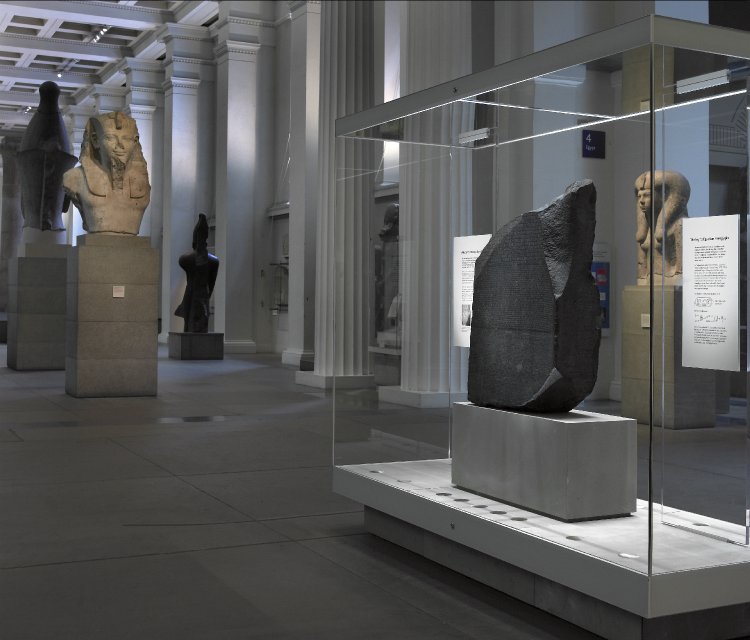 British Museum: The Rosetta Stone in Gallery. Photo Credit: © British Museum, London.
British Museum: The Rosetta Stone in Gallery. Photo Credit: © British Museum, London.
Housed at the British Museum in London for scholars to view, plaster-casts were made and distributed to British centres of learning, Oxford, Cambridge, Edinburgh and Dublin. Scholars from throughout Europe attempted to decipher the stone. Translation of the Ancient Greek was relatively easy. They quickly deciphered the proper names in demotic; Ptolemy, Alexander and Alexandria, which were written alphabetically. In hieroglyphic text it was established that these names of kings or pharaohs were contained within elongated ovals or cartouches, but they did not advance much further.
An English physicist and linguist, Thomas Young, later started to look at the demotic and quickly realised that there were non-alphabetic characters in this script too. Within the hieroglyphs he was able to identify and translate certain symbols and guessed that they were not only symbolic but also phonetic, but all this had taken nearly 15 years and yet still these languages still eluded everyone.
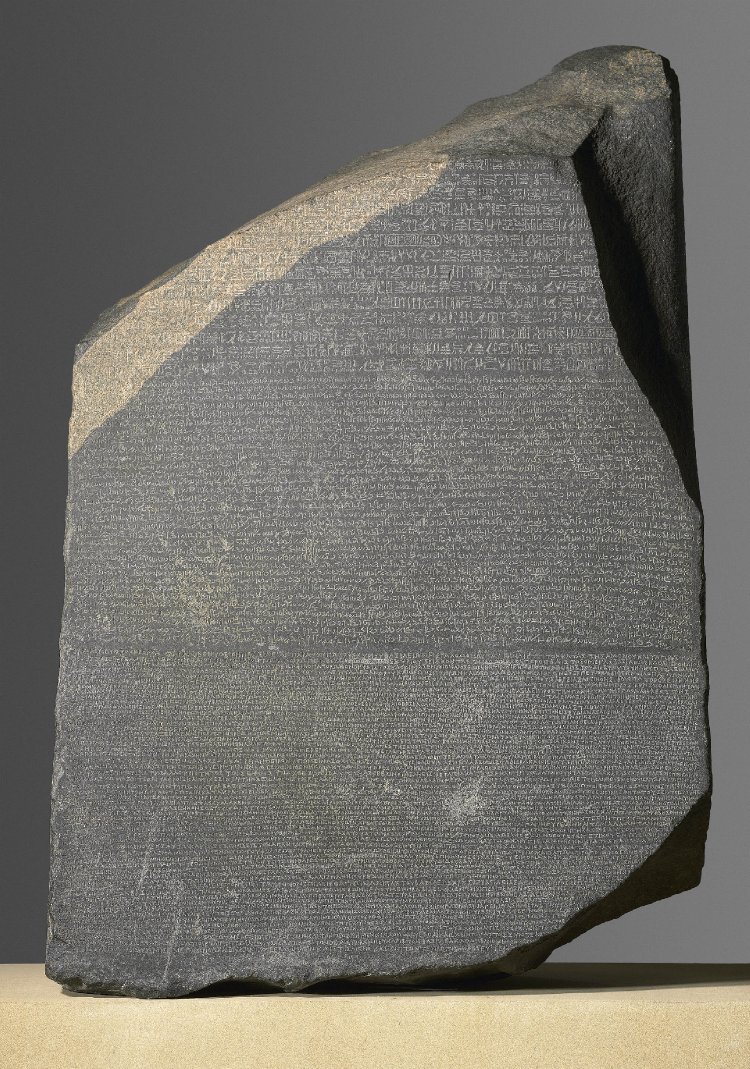 British Museum: The Rosetta Stone front. Photo Credit: © British Museum, London.
British Museum: The Rosetta Stone front. Photo Credit: © British Museum, London.
In stepped the young French scholar Jean-Francois Champollion who corresponded with Thomas Young. He too believed hieroglyphs were symbolic, but it was not until another hieroglyphic tablet was excavated in Egypt that his breakthrough came. Comparisons were made with cartouches containing the name Cleopatra, and Champollion realised what Young already had guessed, that hieroglyphs were also phonetic.
But Champollion did something that Thomas Young did not. He was able to read the Coptic language; the modern version of demotic. He used this knowledge, along with his knowledge of Ancient Greek to deduce the phonetic value of many symbols and so to decipher the pictoral characters. Gradually Champollion built up his understanding of the symbols and developed a system of grammar for the language in order to achieve a complete translation of both hieroglyphic script and demotic.
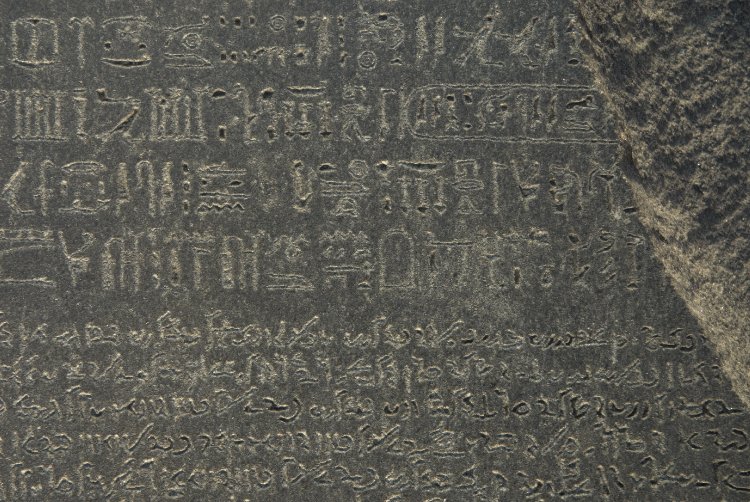 British Museum: The Rosetta Stone. Photo Credit: © British Museum, London.
British Museum: The Rosetta Stone. Photo Credit: © British Museum, London.
And so it was the French Jean-Francois Champollion who cracked the language and finally published his findings in 1824. He travelled to Egypt and for a while he was the only person in the world able to read ancient Egyptian. He was the first person in nearly 1400 years to read about the great feats of the Pharoahs and to understand the stories of the their victories and their greatness. He is the Father of the Decipherment of Hieroglyphs.
At the British Museum there are many artefacts from Ancient Egypt, heads of pharaohs, obelisks, sarcophaghi and of course the very popular mummies. But there are also artefacts from many other world cultures telling amazing tales from right around the globe and from many different eras.
Using a Blue Badge Tourist Guide is the perfect way to have these cultures brought to life for you. Even the smallest items can be seen as quite magnificent when their influence at the time is considered, and some have even become important symbols of our modern world. Take a highlight tour to understand the most famous of these pieces or maybe delve a little deeper into one or two cultures such as Mesopotamia, the Greeks, the Romans or maybe the Anglo-Saxon world.
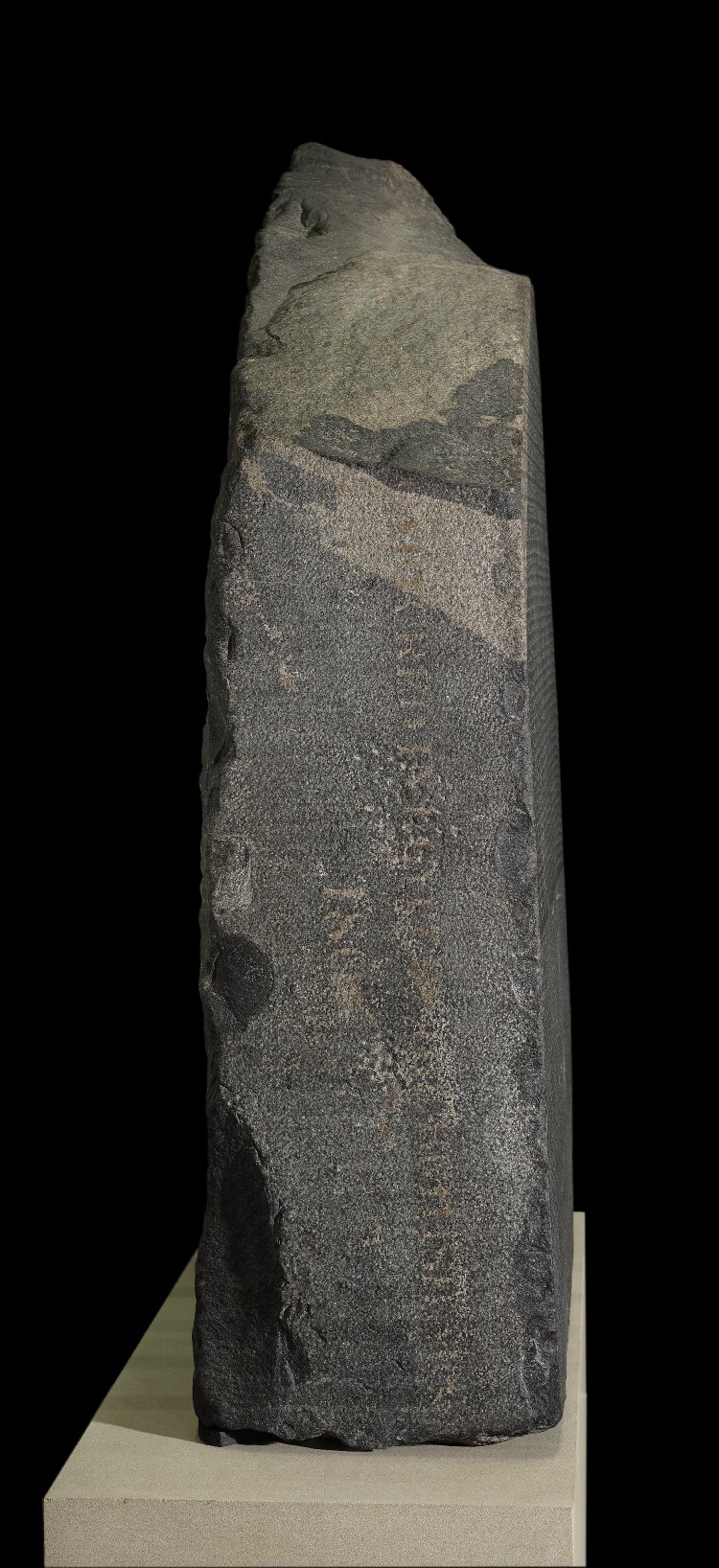 British Museum: The Rosetta Stone right. Photo Credit: © British Museum, London.
British Museum: The Rosetta Stone right. Photo Credit: © British Museum, London.



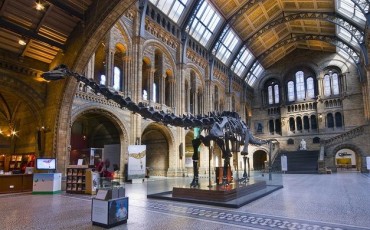
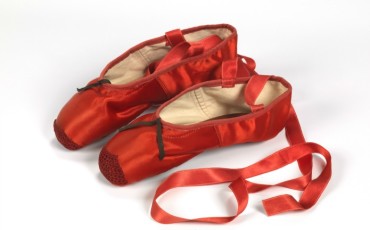


Leave a Reply